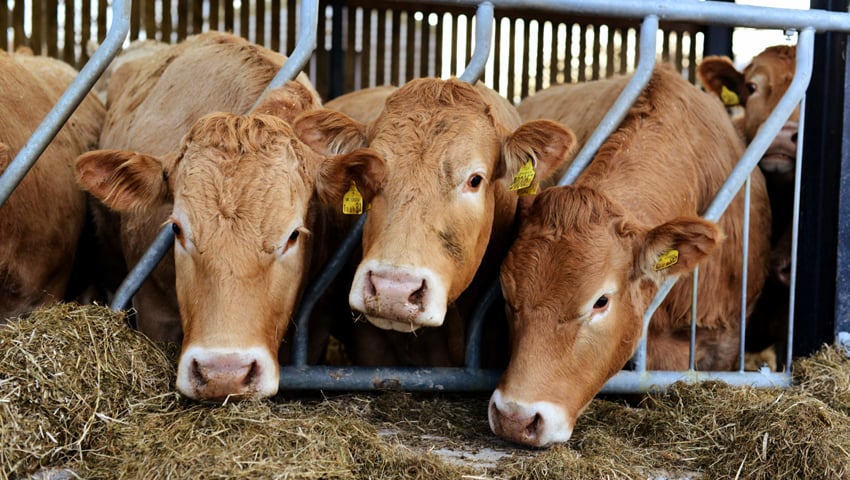A switch from monogastric to ruminant production could reduce GHG emissions by 5%
Researchers have found that while ruminants have lower feed use efficiency than monogastric livestock, and produce higher reactive nitrogen and methane emissions, they can utilize human-inedible biomass through foraging and straw feedstock.
Through modelling they found that “Switching 12% of global livestock production from monogastric to ruminant livestock could reduce nitrogen emissions by 2% and greenhouse gas emissions by 5% due to land use change and lower demand for cropland areas for ruminant feed. The output from released cropland could feed up to 525 million people worldwide.”
The paper, published in Nature, also says that “More ruminant products, in addition to optimized management, would generate overall benefits valued at US$468 billion through reducing adverse impacts on human and ecosystem health, and mitigating climate impacts.”
Ruminants mainly feed on human-inedible cellulose but have larger feed requirements. However, monogastric livestock production requires around four times more cropland than ruminant production to produce an equivalent per unit of protein. These increases are associated with grain feed production for monogastric livestock, which requires more cropland area and synthetic fertilizer input.
In 2019 ruminants produced approximately 7 teragrams protein-N globally. But the production of the same level of proteins solely by monogastric livestock would result in 15% more nitrogen losses to the environment over the whole production chain.
The reactive nitrogen emission intensity of ruminants was calculated to be lower than that of monogastric livestock across the whole production chain globally because feed production currently accounts for 81% and 78% of total emissions in monogastric livestock and ruminants. Replacing ruminants with monogastric livestock would increase reactive nitrogen emissions from feed production by about one-third.
Researchers also noted that more recycling opportunities and natural-based processes are available in the ruminant production chain, such as straw and manure recycling and natural biological nitrogen fixation in grasslands, illustrating that ruminants can recycle more nutrients into food production, reducing overall reactive nitrogen emissions.
